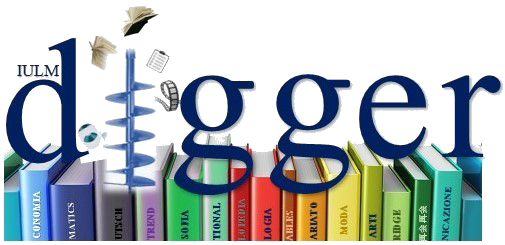In 2013 Jean Eyoum, a young Frenchman, decided to enter the literary scene by translating Molière's L’avare for the young people of his generation. Having this in mind, he chose to rewrite the great classic using a language rich in slang terms. This was a daring task, entailing a diachronic leap of almost 350 years. The new translation of Moliere’s immortal work gave its protagonist a depth that was lacking in the original theme borrowed from Plautus, but which had nevertheless allowed L’avare to cross the centuries, making it one of the most represented French plays to date. Eyoum's innovative text does not touch the deep significance of the comedy, to which it is indeed extremely faithful. However, it transforms the language of the play in a radical way, particularly its diachronic and diastratic dimensions, while also adding to the current text strong diaphasic variations. The analysis aims to investigate the challenges and hurdles that arise from the translation of the contemporary slang, focusing on two relevant aspects: first the intralinguistic translation, and, secondly, the very different linguistic tools used in the Italian translation.
Esigenze d’oralità: dalla traduzione intralinguistica alla traduzione interlinguistica, 2021.
Esigenze d’oralità: dalla traduzione intralinguistica alla traduzione interlinguistica
Brignoli, Laura
2021-01-01
Abstract
In 2013 Jean Eyoum, a young Frenchman, decided to enter the literary scene by translating Molière's L’avare for the young people of his generation. Having this in mind, he chose to rewrite the great classic using a language rich in slang terms. This was a daring task, entailing a diachronic leap of almost 350 years. The new translation of Moliere’s immortal work gave its protagonist a depth that was lacking in the original theme borrowed from Plautus, but which had nevertheless allowed L’avare to cross the centuries, making it one of the most represented French plays to date. Eyoum's innovative text does not touch the deep significance of the comedy, to which it is indeed extremely faithful. However, it transforms the language of the play in a radical way, particularly its diachronic and diastratic dimensions, while also adding to the current text strong diaphasic variations. The analysis aims to investigate the challenges and hurdles that arise from the translation of the contemporary slang, focusing on two relevant aspects: first the intralinguistic translation, and, secondly, the very different linguistic tools used in the Italian translation.| File | Dimensione | Formato | |
|---|---|---|---|
|
oralità.pdf
Open Access
Descrizione: articolo completo
Tipologia:
Documento in Post-print
Dimensione
229.63 kB
Formato
Adobe PDF
|
229.63 kB | Adobe PDF | Visualizza/Apri |
I documenti in IRIS sono protetti da copyright e tutti i diritti sono riservati, salvo diversa indicazione.



